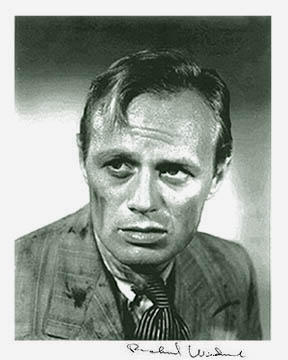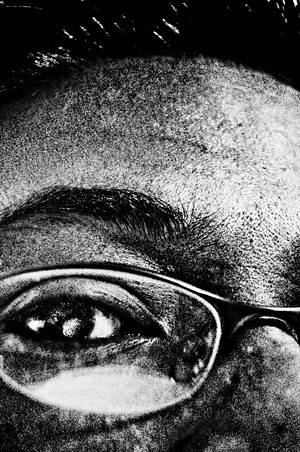From a tagged post in Facebook:
A list of fifteen movies you've seen that will always stick with you. The annotations are added to explain the reason for the inclusion. I admit that fifteen is not sufficient to list all the films that have significant/not-so-significant impact on my cinematic sensibilities. However, narrowing them down to a manageable number is simply an evidence of its importance.
Before Sunset (Richard Linklater) intelligent conversations can lead to smart relationships. but the heart/mind aphorism can be tragically ineffectual. sooner or later, the question of cynicism and romanticism pops up and you would be trapped in the corner asking the same thing.
Pickup on South Street (Samuel Fuller) twenty-five bucks and a continuous replay on the dvd is a "nuff said". but Fuller's grit and the graphic staircase pugilism is noir at its best.
Le Samourai (Jean Pierre Melville) Musashi with a forty-five is Melvillian hero, apparently. a homage to Kurosawa, maybe, with Delon instead of Mifune. on the noirish battlefields of the Paris and a technicolor disguise of the dark underworld.
La Nuit Americaine (Francois Truffaut) my first ever dvd is a frenchie unknown except for a handful who see films as art. and who would think, is disapproval. amdist the influx of Hollywood popcorn, a foreign talkie is nowhere to punch a hole through someone else's sound system.
Notorious (Alfred Hitchcock) a blatant sexual Hitchcock is not Hitchcock at all. he is most effective in subtle, unrevealing ways. which is probably makes Notorious his most erotic.
Kisapmata (Mike de Leon) like what i've posted in Pinoydvd years back, bent norms are frightening.
Kyua (Kiyoshi Kurosawa) what a horror film should be sans the gore and the visceral shock. what is more potent terror is the one you cannot/do not see.
The Red Shoes (Michael Powell and Emeric Pressburger) a sit down with Brianne marvelled at Moira Shearer's pirouettes and arabesques. though its melodramatic execution and the tragic end are stabs at her childhood perceptions, but a wide-eyed smile is a portent of taste.
Spoorloos (George Sluizer) beyond paranoia is unrecognized fear. but as soon as the what-ifs are stacked, where do you turn to?
Babae sa Bubungang Lata (Mario O'Hara) another potshot at the industry, with Wilderian reminisces. but this time, a glimpse at behind-the-scenes see a Visconti-esque backdrop.
Platoon (Oliver Stone) rudimentary awakening at the filmic representation of war--and started an adolescent love affair with the movies.
Rhapsody in August (Akira Kurosawa) my favorite Kurosawa is a Kurosawa melodrama, atypical and Mifune-less. yet the poignancy of history is clearly magnified in a way Kurosawa would in his conventional genre.
A Bridge Too Far (Richard Attenborough)war films are a pick-me-up. a sort of fill to counter the lucid gaps of foreign artsies. although primitive effects but a coherent plotline mark Speilberg's Ryan a notch down on my personal preference.
Blow Up (Michelangelo Antonioni) a mindfuck. lets you think, but what you come up with would screw you over and over. and recovery is merely the beginning of another brain drain. it's an unending cycle that in the end, you might as well consider David Lynch's films as tame.





